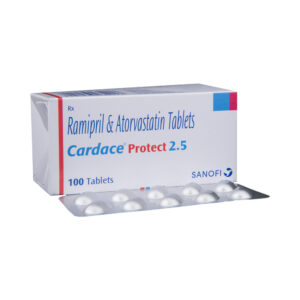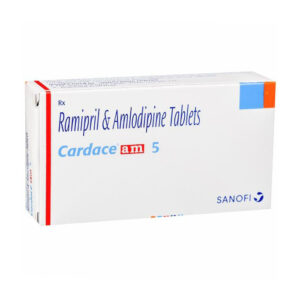Lopinavir and Ritonavir Information
Pronunciation
loe PIN a veer & ri TOE na vir
What is this drug used for?
• It is used to treat HIV infection.
Frequently reported side effects of this drug
• Back pain
• Nausea
• Vomiting
• Joint pain
• Muscle pain
• Headache
• Abdominal pain
• Diarrhea
• Loss of strength and energy
• Common cold symptoms
Other side effects of this drug: Talk with your doctor right away if you have any of these signs of:
• Infection
• Liver problems like dark urine, feeling tired, lack of appetite, nausea, abdominal pain, light-colored stools, vomiting, or yellow skin or eyes
• High blood sugar (confusion, feeling sleepy, more thirst, hunger, passing urine more often, flushing, fast breathing, or breath that smells like fruit
• Pancreatitis like severe abdominal pain, severe back pain, severe nausea, or vomiting
• Chest pain
• Fast heartbeat
• Abnormal heartbeat
• Dizziness
• Passing out
• Bruising
• Bleeding
• Change in fat
• Stevens-Johnson syndrome/toxic epidermal necrolysis like red, swollen, blistered, or peeling skin (with or without fever); red or irritated eyes; or sores in mouth, throat, nose, or eyes
• Signs of a significant reaction like wheezing; chest tightness; fever; itching; bad cough; blue skin color; seizures; or swelling of face, lips, tongue, or throat.
Medication Safety Issues
Sound-alike/look-alike issues:
Potential for dispensing errors between Kaletra and Keppra (levETIRAcetam)
High alert medication:
This medication is in a class the Institute for Safe Medication Practices (ISMP) includes among its list of drug classes that have a heightened risk of causing significant patient harm when used in error.
Administration issues:
Children’s doses are based on weight and calculated by milligrams of lopinavir. Care should be taken to accurately calculate the dose. The oral solution contains lopinavir 80 mg and ritonavir 20 mg per one mL. Children <12 years of age (and ≤40 kg) who are not taking certain concomitant antiretroviral medications will receive <5 mL of solution per dose.
Storage and Stability
Oral solution: Store at 2°C to 8°C (36°F to 46°F). Avoid exposure to excessive heat. If stored at 25°C or 77°F, use within 2 months.
Tablet: Store at 20°C to 25°C (68°F to 77°F); excursions permitted to 15°C to 30°C (59°F to 86°F). Exposure to high humidity outside of the original container or USP equivalent tight container for >2 weeks is not recommended.
Adverse Reactions
Data presented for short- and long-term combination antiretroviral therapy in both protease inhibitor experienced and naïve patients.
Cardiovascular: Vasodilation
Central nervous system: Anxiety, fatigue (including weakness), headache, insomnia
Dermatologic: Skin infection (including cellulitis, folliculitis, furuncle), skin rash (more common in children)
Endocrine & metabolic: Alteration in sodium (children), hypercholesterolemia, hyperglycemia, hypertriglyceridemia, hyperuricemia, increased gamma-glutamyl transferase, increased serum triglycerides, weight loss
Gastrointestinal: Abdominal pain, diarrhea, dysgeusia (more common in children), dyspepsia, flatulence, gastroenteritis, increased serum amylase, increased serum lipase, nausea, vomiting (more common in children)
Hematologic & oncologic: Neutropenia, thrombocytopenia (children)
Hepatic: Hepatitis (including increased AST, ALT, and gamma-glutamyl transferase), increased serum ALT, increased serum AST, increased serum bilirubin (more common in children)
Hypersensitivity: Hypersensitivity (including urticaria and angioedema)
Neuromuscular & skeletal: Musculoskeletal pain, weakness
Respiratory: Lower respiratory tract infection, upper respiratory tract infection –





